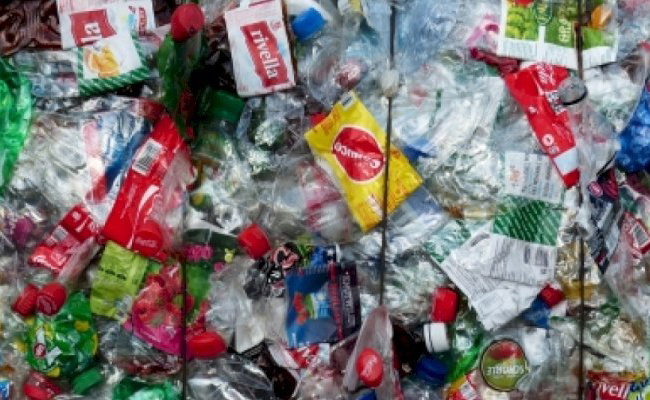Global Plastics Treaty
Sakshi Education

- In a biggest multilateral environmental deal, 175 countries have agreed to a legally binding c called “Global Plastics Treaty”, to end the plastic pollution crisis by tackling the entire supply chain of material.
- The resolution on first treaty was passed at meeting of UN Environment Assembly (UNEA) in Nairobi in Kenya.
- First treaty directly seeks to tackle 9 billion tonnes of plastic produced since plastic age ramped up in 1950s.
- Now, they have started working on how to implement the treaty by 2024.
- In 2015, world produced 381 million tonnes of plastic. Hundreds of thousands of tonnes ends up in oceans every year. Most of the waste are from lower and middle-income countries with less capacity to recycle or burn it. Ubiquitous plastic pollution negatively impacts the marine life. There are concerns that, it may affect human health too.
- Elements of the treaty are legally binding. The treat also acknowledges that lower-income countries will find it difficult to tackle plastic and pollution than high-income ones. Thus, there is a need of financing model, in order to help in curbing plastic use and waste.
During the meeting, two competing ideas were put forward:
- One idea is led by Peru and Rwanda. It encompassed all stages of life cycle of plastics, starting from production, consumption and disposal.
- Second idea was a far more limited deal. It focused on plastics in oceans. It was spearheaded by Japan.
Published date : 04 Mar 2022 06:06PM




















